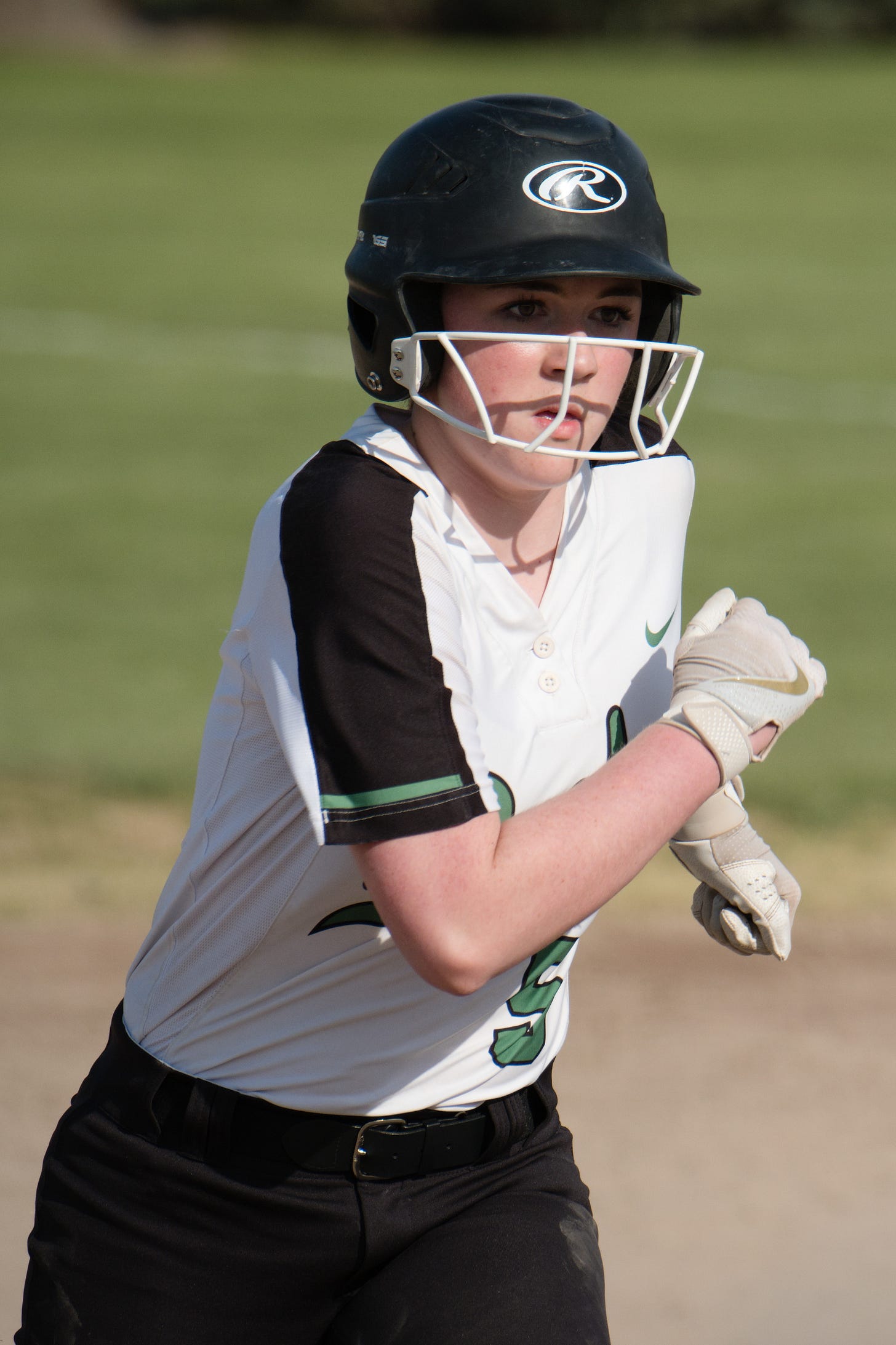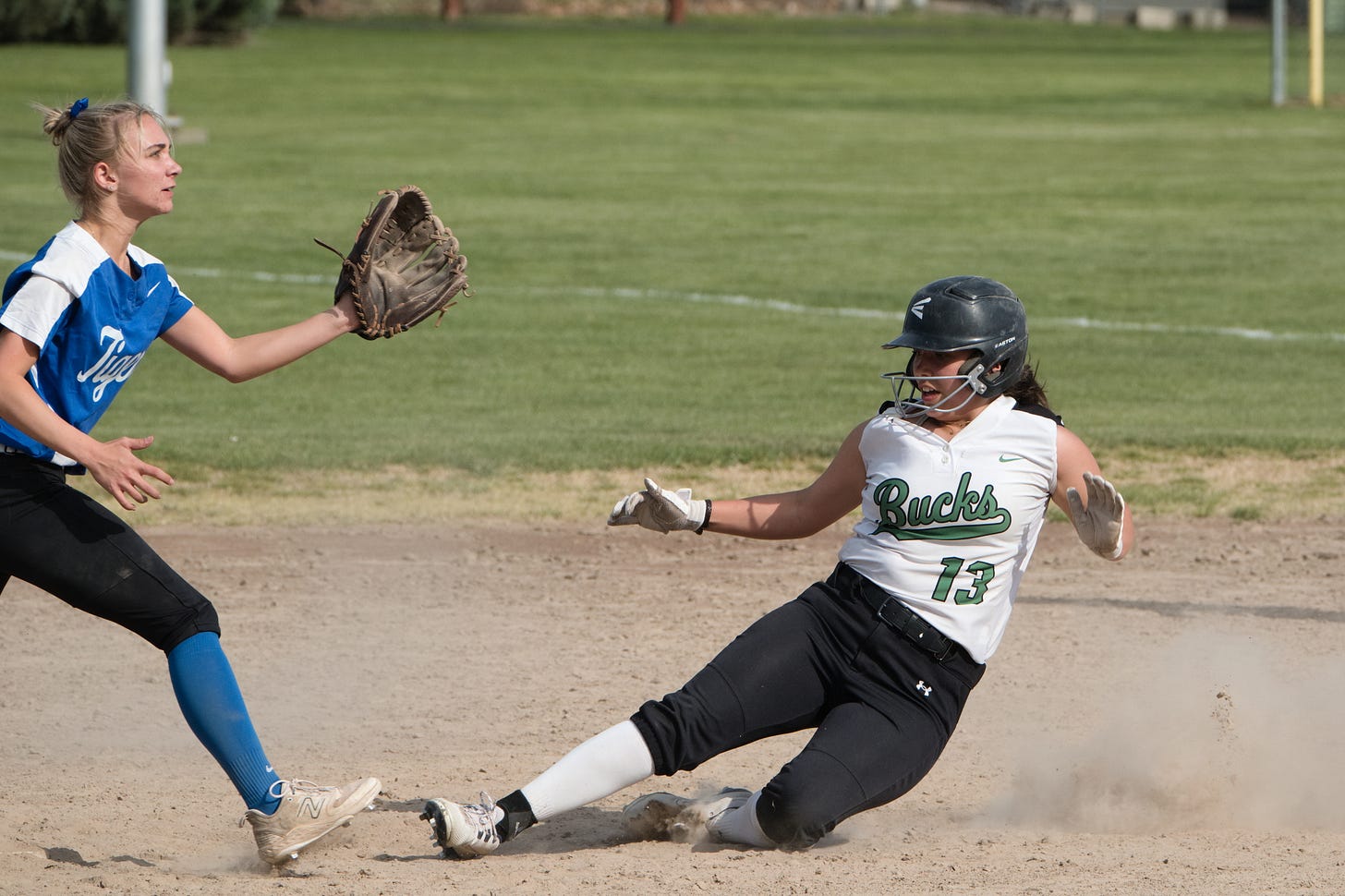Looking Inward While Seeing Outward
Getting better is all about self improvement, not buying new things.
As photographers, we’re all trying to stand out from one another. We’re working to separate ourselves from the pack, each of whom are trying to do the same thing to us. And there are certainly no shortage of opportunities to buy something to help us accomplish that goal. Or, at least, give us the impression that we’re doing so. If you just buy this gimmicky lens, or a piece of software, or that overpriced filter pack for Lightroom/Photoshop, you too can avoid looking like everyone else. How do I know? I’ve been caught up in it myself several times over the last couple of decades. I’ve got gadgets galore setting in the corners of my cabinet drawers, once promising to deliver the results I’d been missing. There are also bits and pieces of software accessories on my archive hard drive that were supposed to give me that edge I needed. Yep, I once owned a Lensbaby. I’ll bet you did, too.
I’ve got some news for you: You can’t buy your way to the top.
Now don’t get me wrong, there are times when you need to invest in some gear. You realize that what you want to accomplish requires more capabilities than your current camera body can offer, so you start looking at some higher-end models. Or, you’re missing a focal range that you need to capture, so it’s a new lens you’re after (even if it’s a Lensbaby). Or you realize you need to improve your editing skills, so you purchase an online instruction suite from that respected photographer you follow. Those are important, thought-out decisions that only come after you’ve been at it awhile and you truly understand your needs. What I’m talking about is much more personal than that.
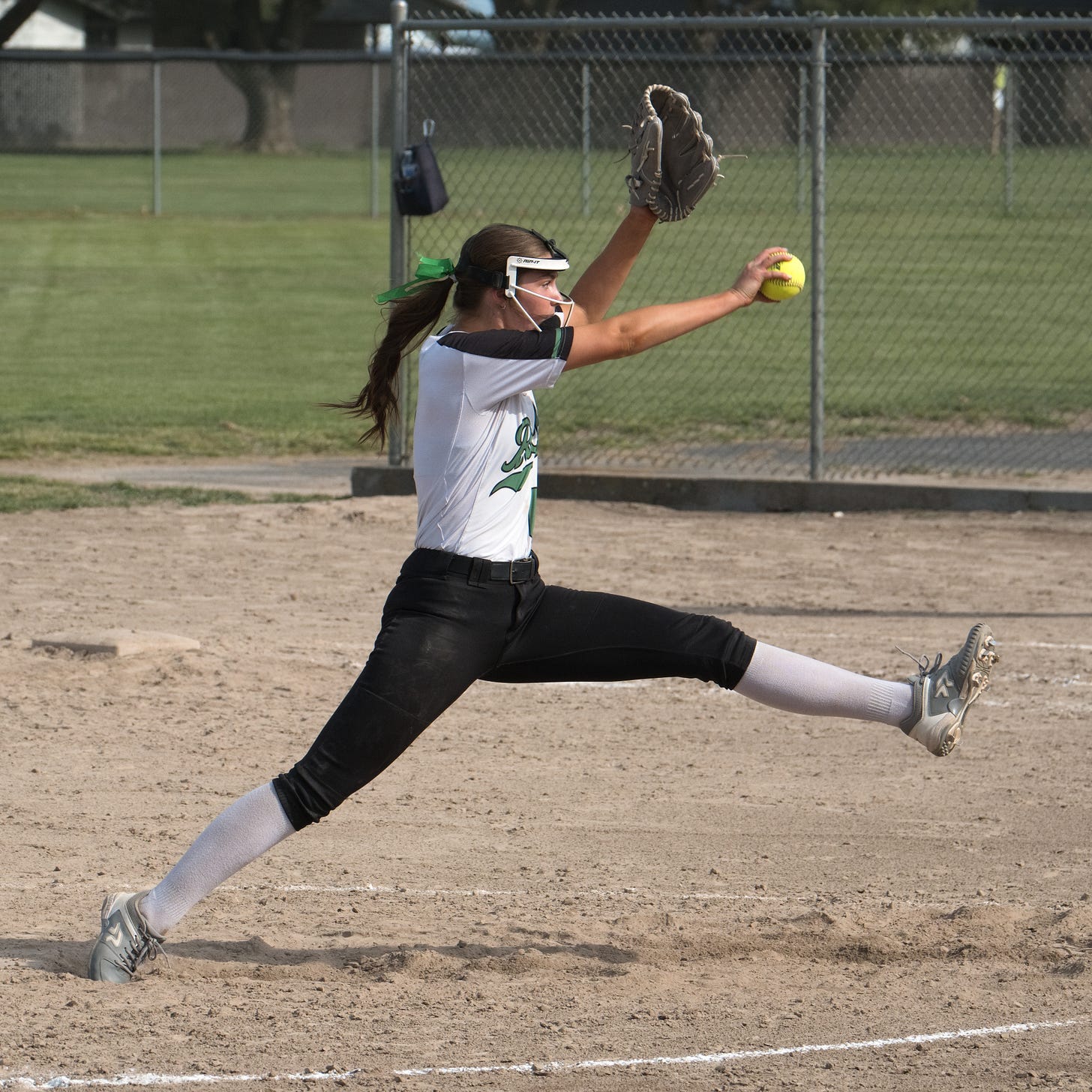
Self-improvement is a combination of your inner vision and your ability to alter your thinking and change your habits. It’s a growth mindset. You’ll need to willing look at your work with a critical eye and absorb what you need to do differently next time. We all probably have our own way of going about that process, but here’s what mine looks like:
Have an inner vision of what you want your work to look like, and pursue it. Relentlessly.
Vision can be hard to define. At least, it is for me. I can easily confuse the term with the physical representation of our work, but it’s more dimensional than that. There’s a consistent feeling, an underlying mood that goes along with a set of images. My favorite photographs are ones that closest match what I had in my head when I set about a given outing. Put yourself in a position to shoot those subjects as often as you can, and take advantage of your opportunities.
Not sure if you have a vision, or how to go about developing one? That leads me to my next point.
Follow other photographers whose work you really like, particularly if they’re in a genre that interests you.
Carefully analyze what it is about their work that you really admire. Look at it from a technical view, but also what kind of vibe their work gives off. Reflect on their angles and focal lengths, and how those contribute to the overall feel of their image. Don’t be afraid to ask them questions! Most don’t mind interacting with other photographers. That said, be respectful and don’t overload them with messages that they’re going to just end up ignoring. Your goal isn’t to simply copy other photographers, it is to learn from them so you can create your own vision. In time, you’ll get a sense of what that is.
Learn the basics and don’t get out ahead of yourself.
It probably goes without saying, but there is no substitute for comprehending the nuts and bolts of photography. Know the Exposure Triangle and be able to apply it in any situation. Know good composition and the basics of focus. Understand how light works and how you can use it to your advantage. And once you get that knowledge ingrained in your head, learn how to edit a RAW file. You are shooting in RAW format, aren’t you? We’ve all known people who buy a brand new camera, get a hold of some Lightroom presets, then start expecting pro results right away. They get frustrated because they can’t capture good images. Don’t be that photographer. You should be able to take a basic RAW editor and get correct White Balance, tonal range and colors in your image. You should be able to crop and straighten, and account for things like lens distortion. (Not ready to shell out for a RAW editor just yet? I highly recommend RawTherapee for reasons that I won’t get into here.) In time, your editing style evolves to match your vision.
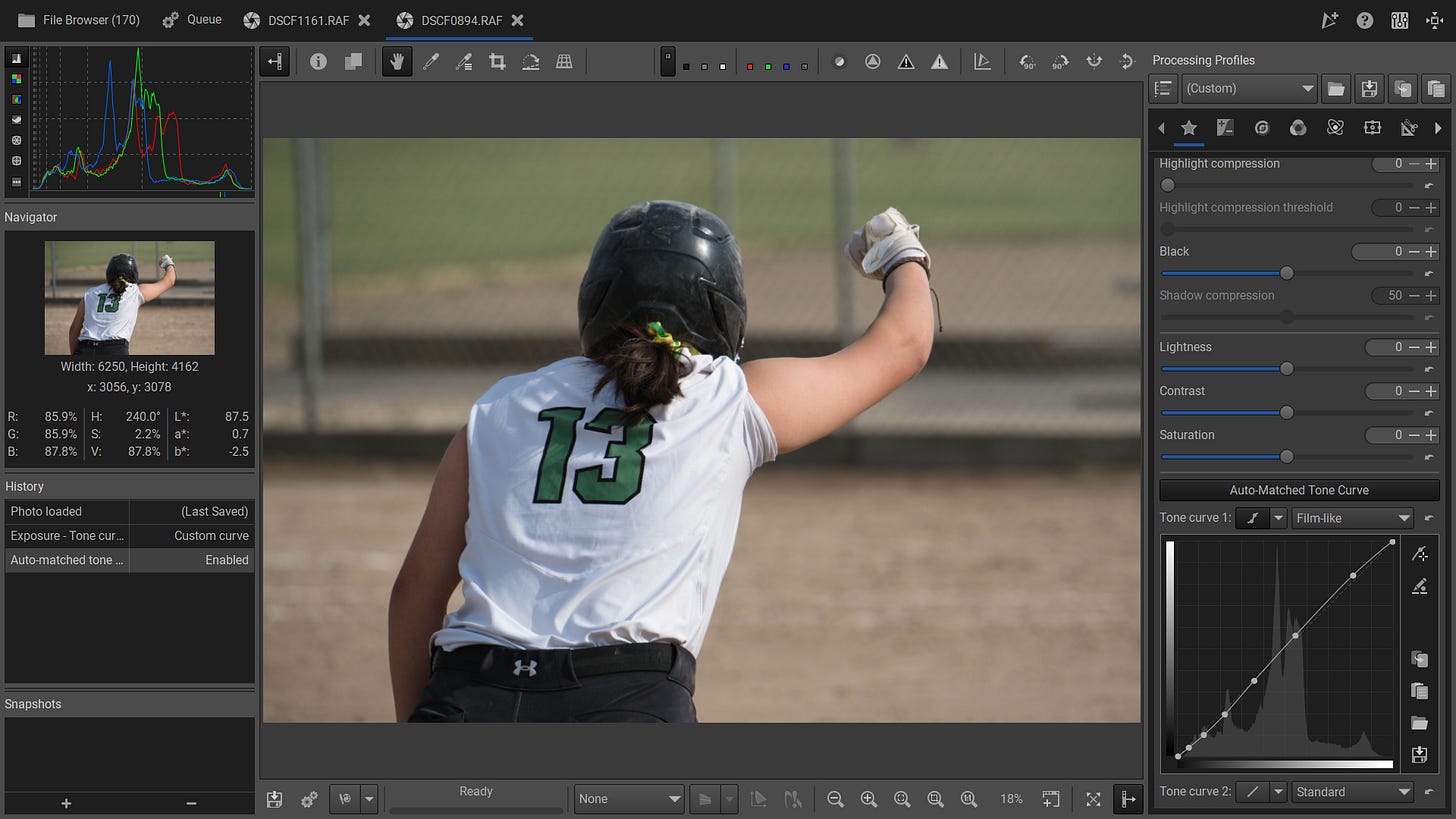
Filter out the negativity and just plain bad advice.
The internet can be a cesspool. We probably all agree on that. It can be easy to get caught up in the caustic banter and harmful dialogue that seems to permeate the space. But it can also be a tremendous source of learning and connection. Find those helpful resources and stick to them. Ignore everything else.
We’re all trying to get ahead in this game, and we’re all looking for ways to get there. The inconvenient truth is that there are a lot of dead-end shortcuts that end up getting you nowhere. There really is no substitute for putting in the time and effort into cultivating your own knowledge and vision. The good news is that, with hard work and dedication that’s properly channeled in the right direction, your work can vastly improve and you can start to create those images that exist in your mind’s eye. And really, it’s a never-ending process; we never fully arrive. At least, I’m certainly not there yet.
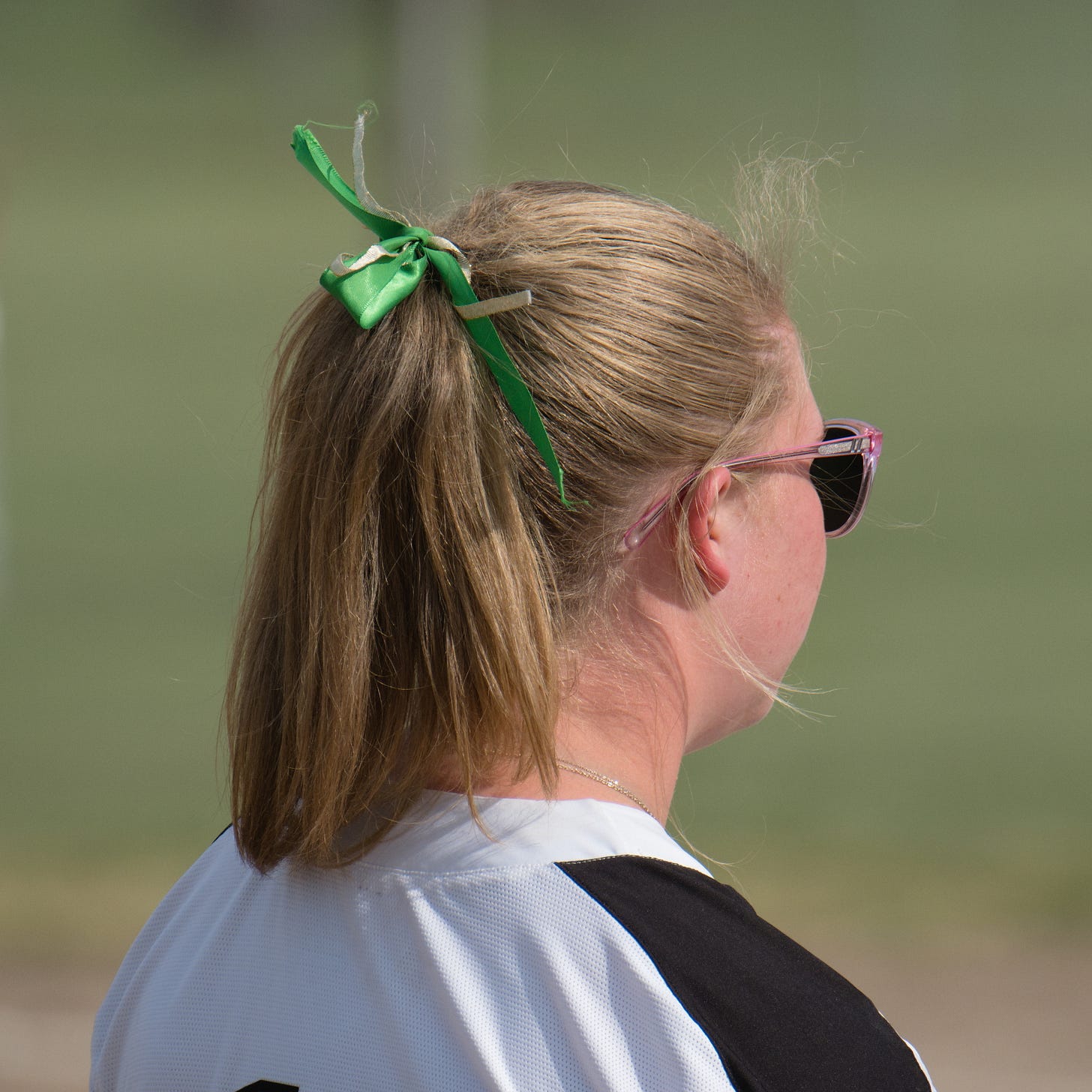
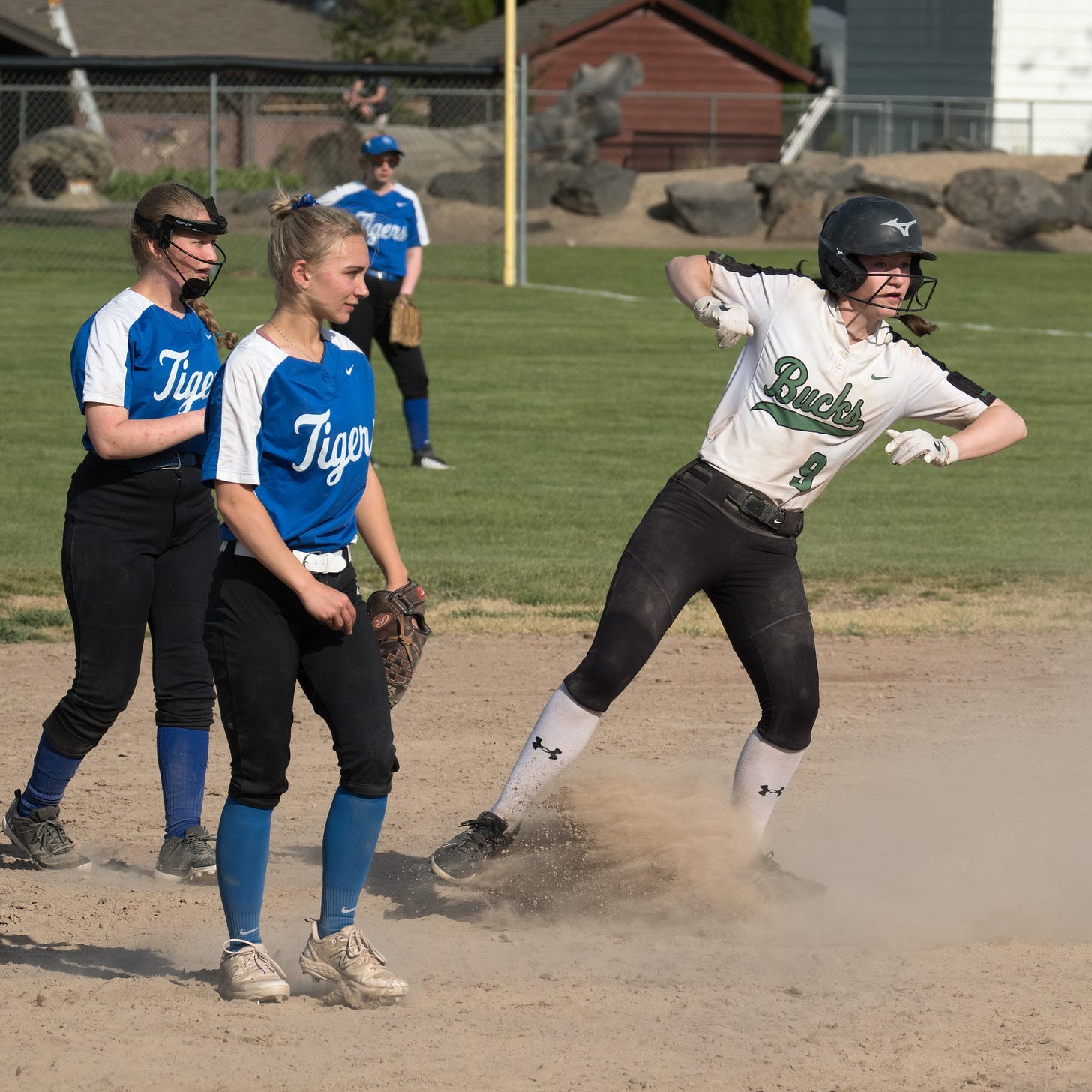
Photographer’s Note
If you’re reading this far, you really are a fan, so thank you! These images were taken at a local high school JV softball game. While the level of play might not be the same as the varsity, these players are no less dedicated to learning their sport. They’re just younger, that’s all. And they are certainly not behind in enthusiasm. This particular group will be a lot of fun to follow all four years of high school.
This being the JV level, the field is not as well manicured as the varsity counterpart. It’s a converted little league baseball field, and the fence is significantly further back than what we expect for softball. I had hoped to be able to shoot over the fence with the 100-400, but it just wasn’t to be. Also, there’s a lot of dust on this field. There was a slight breeze moving from the third base side toward the other side of the field, so that’s where I placed myself in order to get these shots. The downside is that I was constantly shooting at their backs when they were batting right-handed, which was a majority of this team. And I had to zoom back all the way to 100mm to get plays at third base. This was the only place I could be to stay out of the dust, avoid the chain link backstop, and stay close to the action.
And finally, I do most of my RAW editing in Capture One. It’s highly efficient and I can crank out high quality images in a short amount of time. From an educator perspective, though, I like to maintain skills that I used in RawTherapee. All of the images in this post were edited using that software I used it from about 2018 to the end of 2023, after I quit using Lightroom but before I had discovered Capture One. It’s powerful software and I recommend it to anyone who is learning the basics and hasn’t settled on an editor yet.


